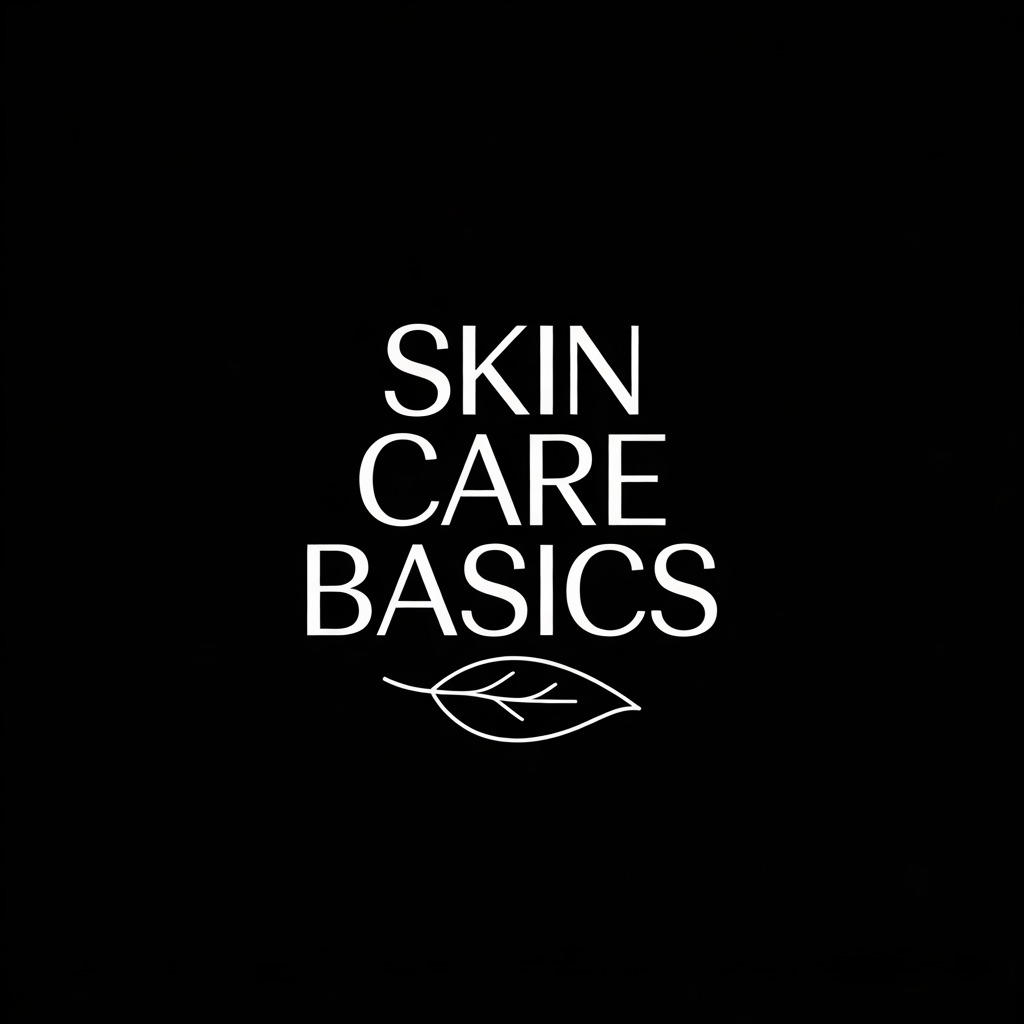What Happens to Your Skin When You Cut Out Sugar for a Month
Cutting out sugar for a month can significantly impact your skin health. You might notice fewer breakouts and a reduction in redness and puffiness early on. As inflammation decreases, your complexion may start to look clearer and more vibrant. With improved hydration from nutrient-rich foods, your skin’s texture could also change. But what happens beyond just these initial changes? The long-term effects might surprise you.
Key Takeaways
- Cutting out sugar reduces inflammation, leading to fewer breakouts and less redness in your skin.
- Expect a decrease in water retention, resulting in a more refreshed and less puffy appearance.
- Nutrient intake from whole foods enhances cellular repair, improving skin texture and clarity over time.
- Stabilized insulin levels contribute to balanced skin function, reducing oiliness and promoting a more even tone.
- Long-term benefits include firmer skin, reduced wrinkles, and a brighter complexion as aging effects diminish.
The Impact of Sugar on Skin Health
Sugar plays a significant role in skin health, and cutting it out can lead to noticeable changes.
High sugar intake can accelerate skin aging, contributing to wrinkles and loss of elasticity. Sugar promotes inflammation, which can exacerbate conditions like acne and rosacea.
When you consume sugar, it can also lead to glycation, a process that damages collagen and elastin, essential proteins for maintaining youthful skin. By eliminating sugar from your diet, you may experience transformative effects on skin health, resulting in improved texture and clarity.
By reducing sugar, you might enhance your skin’s overall appearance, promoting a clearer and more radiant complexion.
Prioritizing whole foods over sugary options can significantly improve your skin’s health and vitality over time.
Initial Changes in Skin After Cutting Sugar
Cutting out sugar can lead to remarkable initial changes in your skin’s appearance. Within just a few days, you might notice reduced inflammation, as sugar can trigger breakouts and redness. Your skin may appear less puffy due to decreased water retention, giving you a more refreshed look.
Additionally, you might experience fewer cravings for unhealthy snacks, promoting better hydration through whole foods like fruits and vegetables. This shift can enhance your skin’s overall health, as nutrients from these foods support cellular repair and rejuvenation. Moreover, reducing sugar intake can help stabilize insulin levels, which is crucial for maintaining healthy skin.
Ultimately, cutting sugar sets the stage for a healthier, more vibrant complexion.
Improvements in Skin Texture and Clarity
As you continue to eliminate sugar from your diet, you’ll likely notice significant improvements in your skin texture and clarity. Reduced sugar intake helps decrease inflammation, which can lead to smoother skin.
With less sugar, your body produces fewer advanced glycation end products (AGEs), substances that can make your skin appear dull and uneven. You’ll also experience better collagen production, enhancing skin elasticity and firmness.
Over time, your pores may look smaller, and blemishes could diminish, revealing a more radiant complexion. These changes contribute to a healthier, more vibrant appearance, empowering you to feel confident in your skin. Incorporating nutrient-rich foods that promote glowing skin alongside your sugar-free journey can further enhance these benefits.
The Role of Hydration and Nutrition
While adjusting your diet, it’s essential to recognize that hydration and nutrition play pivotal roles in maintaining healthy skin.
Drinking enough water helps your skin stay plump and reduces dryness, while nutrient-rich foods provide the vitamins and minerals necessary for repair and regeneration.
Incorporate foods high in antioxidants, like berries and leafy greens, to combat inflammation and protect your skin.
Omega-3 fatty acids, found in fish and flaxseeds, can also help maintain skin barrier function. Additionally, during winter months, it’s crucial to emphasize hydration to combat the drying effects of cold weather on your skin.
Long-Term Benefits of a Low-Sugar Diet on Skin
How does a long-term low-sugar diet transform your skin?
By reducing sugar intake, you lower inflammation and minimize the risk of acne and breakouts. This diet supports collagen production, keeping your skin firm and elastic. Over time, you’ll notice a brighter complexion and improved texture as sugar’s aging effects diminish. Additionally, cutting sugar helps regulate blood sugar levels, which can prevent unwanted oiliness and promote a more balanced skin tone. You’ll also likely experience less redness and irritation, leading to an overall healthier appearance. Embracing a low-sugar lifestyle not only benefits your skin but enhances your overall wellbeing. Furthermore, maintaining adequate collagen levels can significantly aid in wrinkle prevention, contributing to a youthful appearance.

